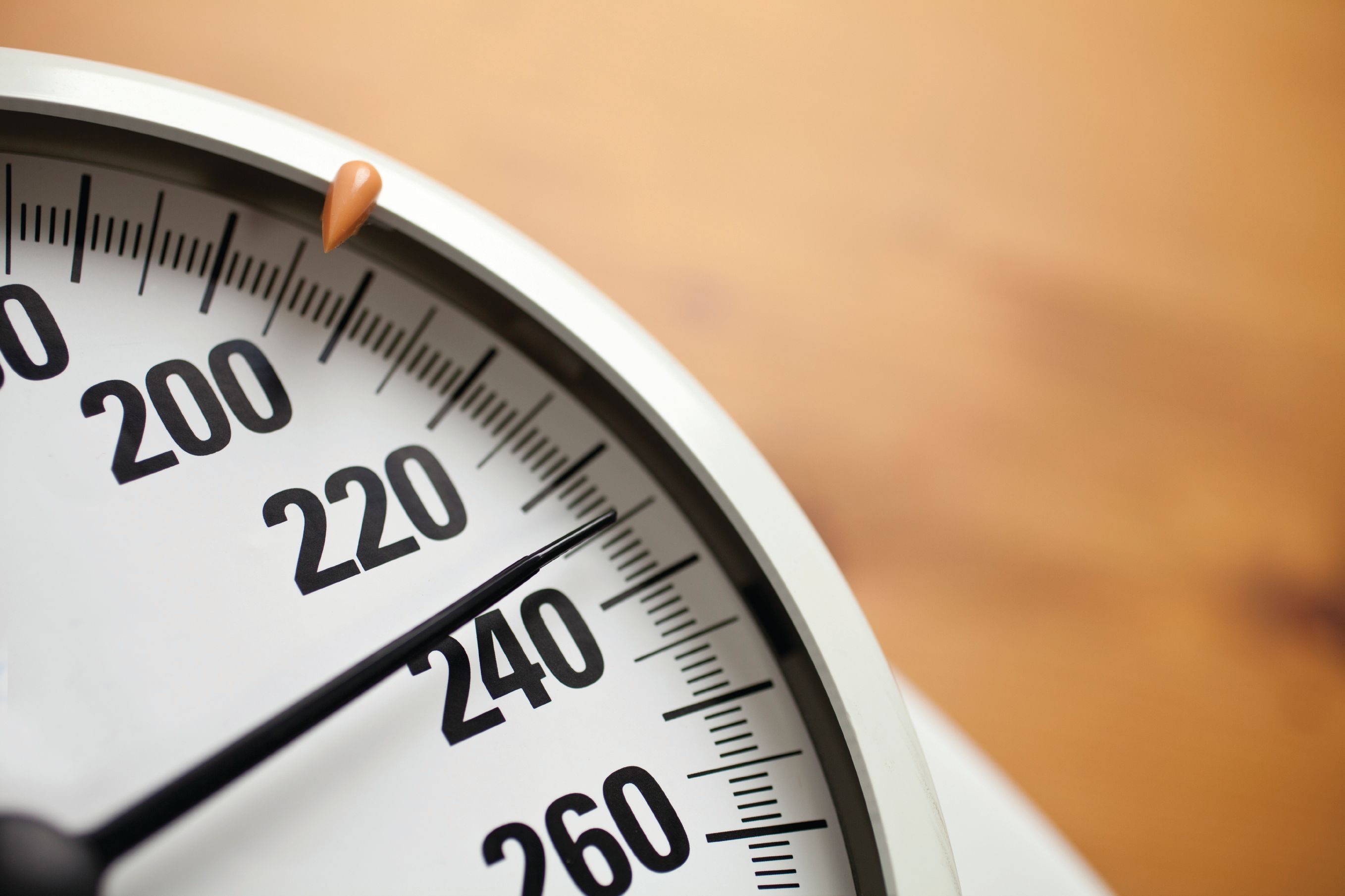Article
High Rates of False Negatives in Diagnostic Testing of COVID-19, Says Study
Researchers at Johns Hopkins have found that when testing for the coronavirus, the chance of a false negative result is greater than 1 in 5 and, at times, far higher. The researchers caution that the predictive value of these tests may not always yield accurate results, and timing of the test seems to matter greatly in the accuracy.
Maribel Jose and Zhellann Aguilar test Covid-19 samples in the lab. PHOTO CREDIT: Keith Weller/Johns Hopkins Medicine

Researchers at Johns Hopkins have found that when testing for the coronavirus, the chance of a false negative result is greater than 1 in 5 and, at times, far higher. The researchers caution that the predictive value of these tests may not always yield accurate results, and timing of the test seems to matter greatly in the accuracy.
The report on the findings was published the journal Annals of Internal Medicine.
Researchers found that the probability of a false negative result decreases from 100% on Day 1 of being infected to 67% on Day 4. The false negative rate decreased to 20% on Day 8 (three days after a person begins experiencing symptoms). They also found that on the day a person started experiencing actual symptoms of illness, the average false negative rate was 38%. In addition, the false negative rate began to increase again from 21% on Day 9 to 66% on Day 21.
The study, analyzed seven previously published studies on RT-PCR performance. (RT-PCR) uses a person's respiratory sample to detect viral particles and determine if the person may have been exposed to a virus. Laboratory professionals across the U.S. and the globe have used RT-PCR to find out if a person has been infected with SARS-CoV-2, the virus that causes COVID-19. These tests have played a critical role in our nation's response to the pandemic.
The researchers believe these results add to the evidence that caution should be used in the interpretation of negative test results, particularly for individuals likely to have been exposed or who have symptoms consistent with COVID-19.
Kucirka LM, Lauer SA, Laeyendecker O, Boon D, Lessler J. Variation in False-Negative Rate of Reverse Transcriptase Polymerase Chain Reaction-Based SARS-CoV-2 Tests by Time Since Exposure [published online ahead of print, 2020 May 13]. Ann Intern Med. 2020;M20-1495. doi:10.7326/M20-1495

FDA Approves Crinecerfont for Congenital Adrenal Hyperplasia



